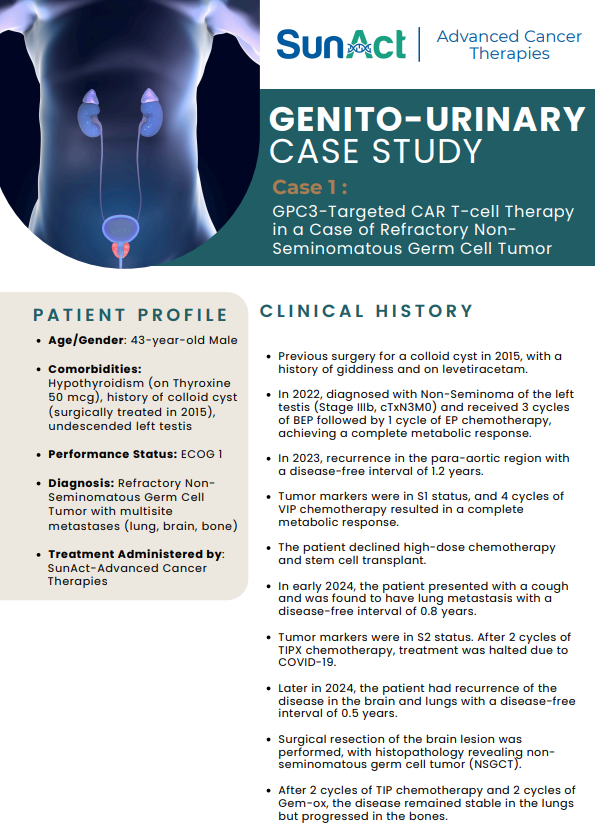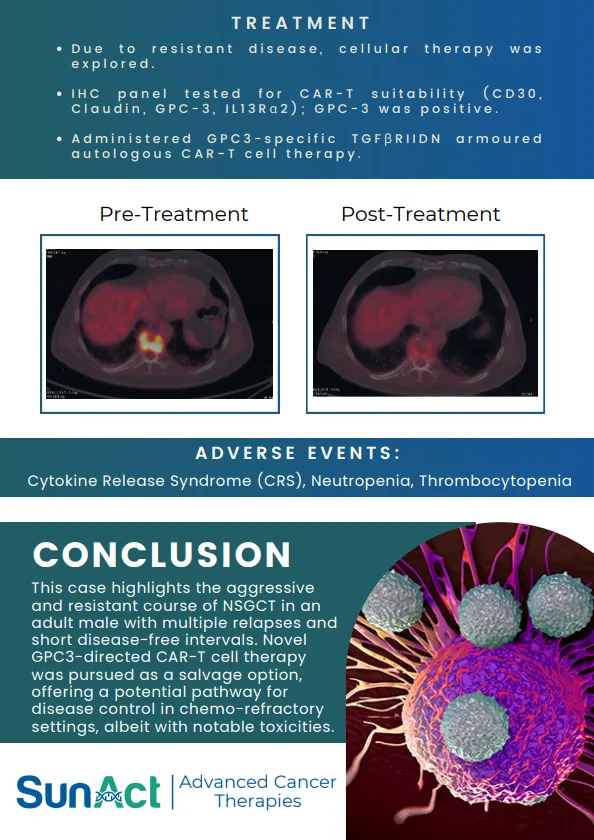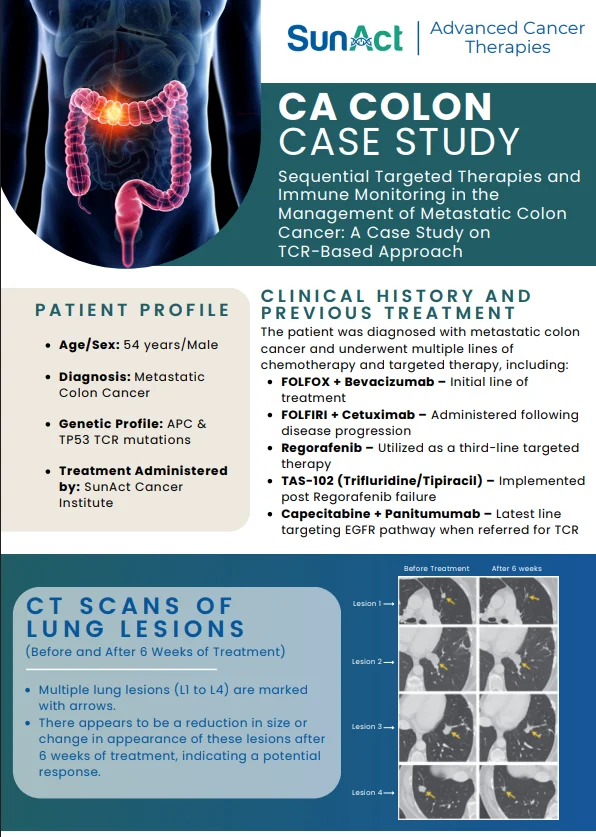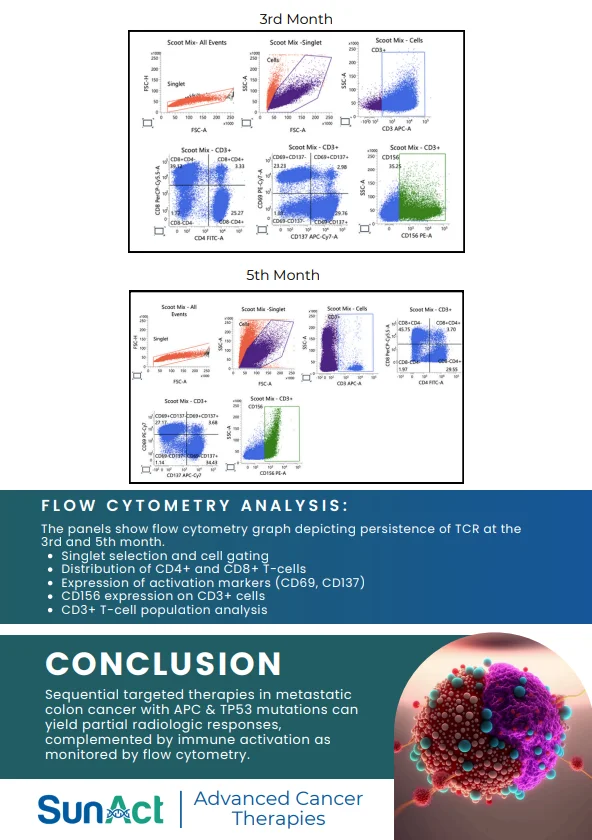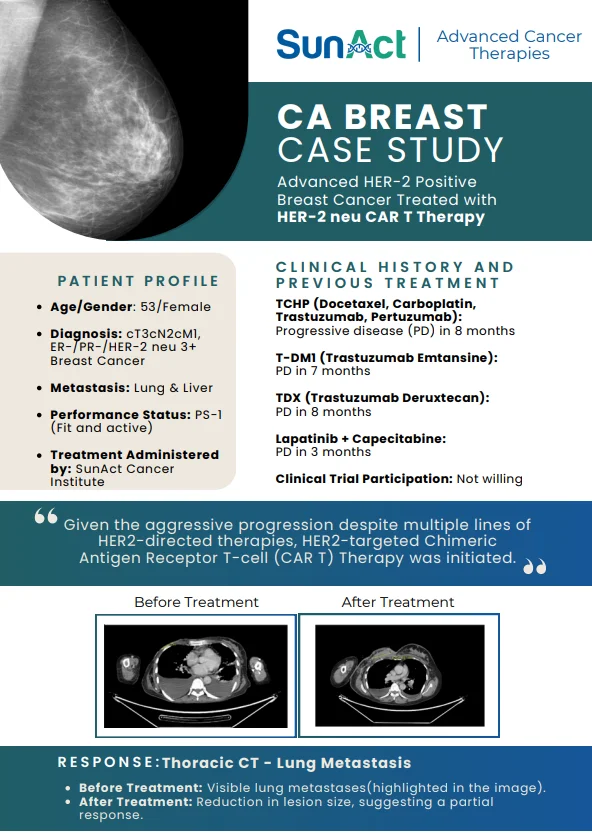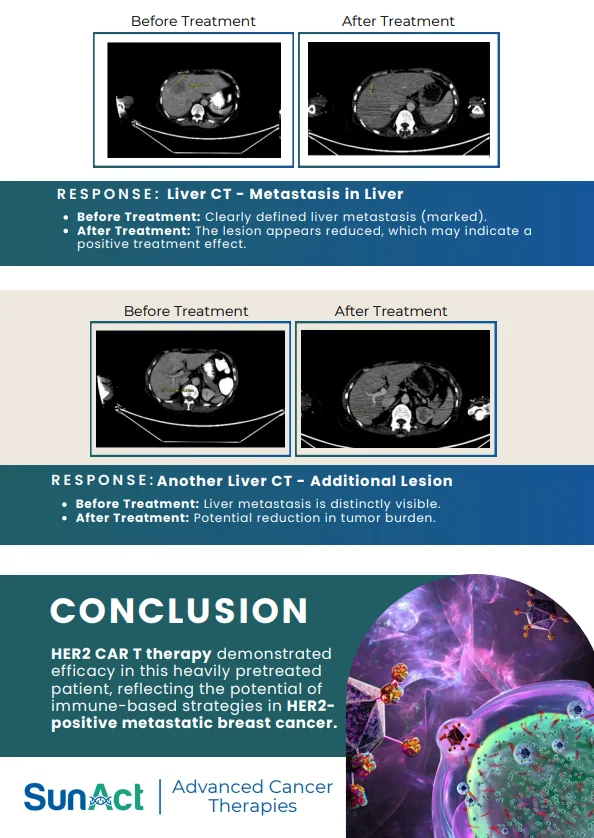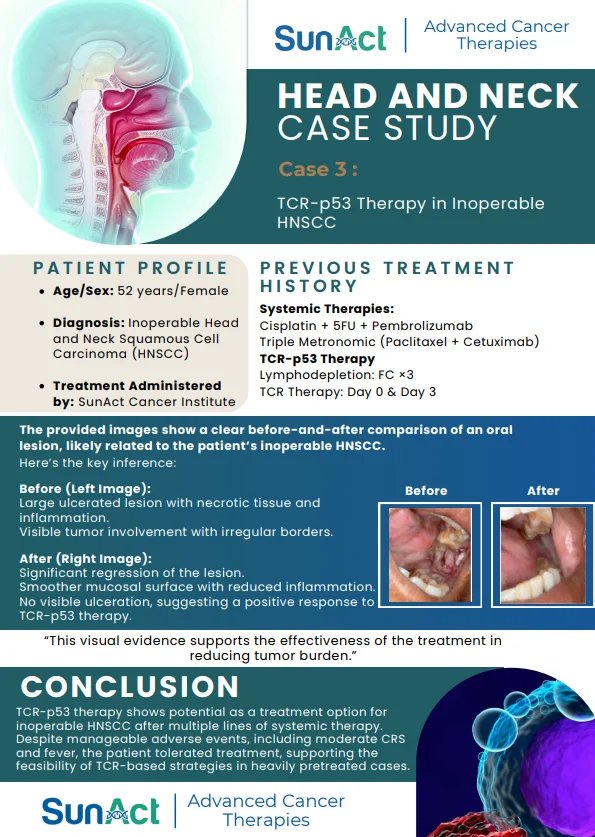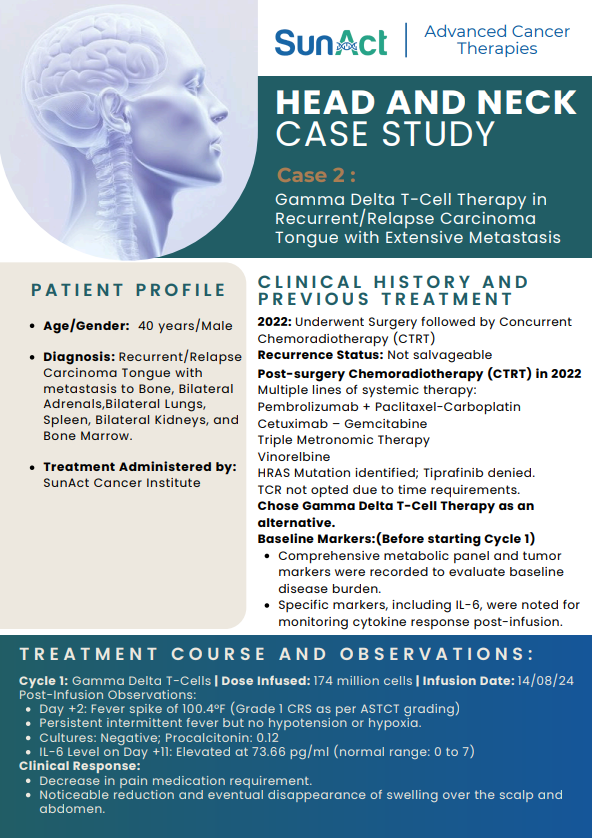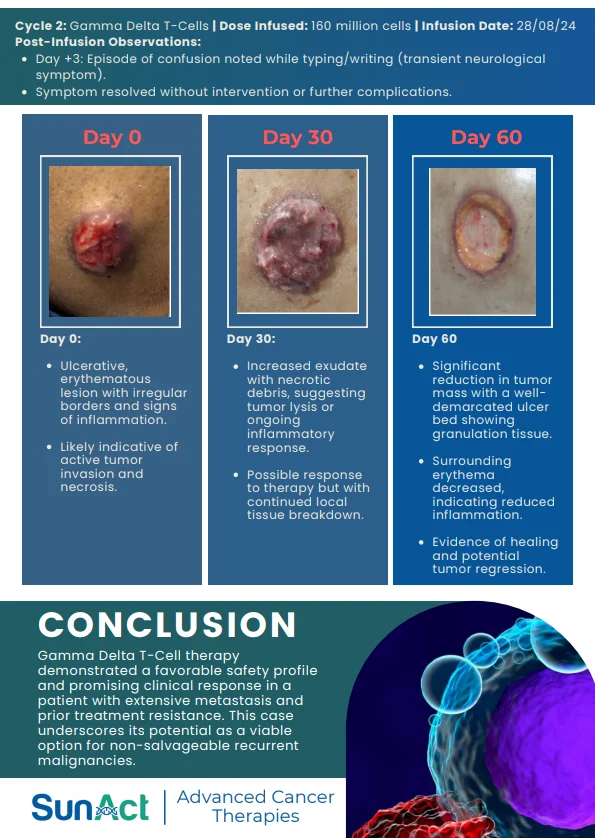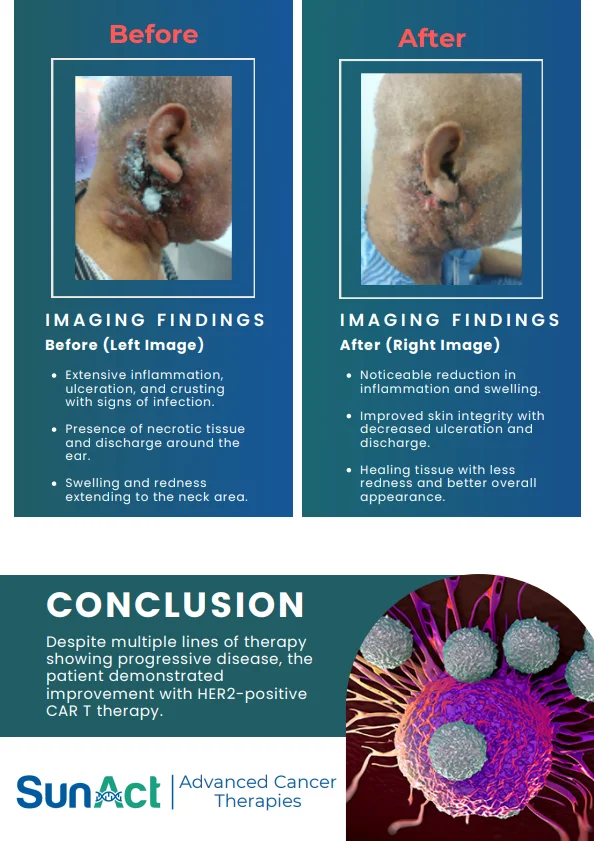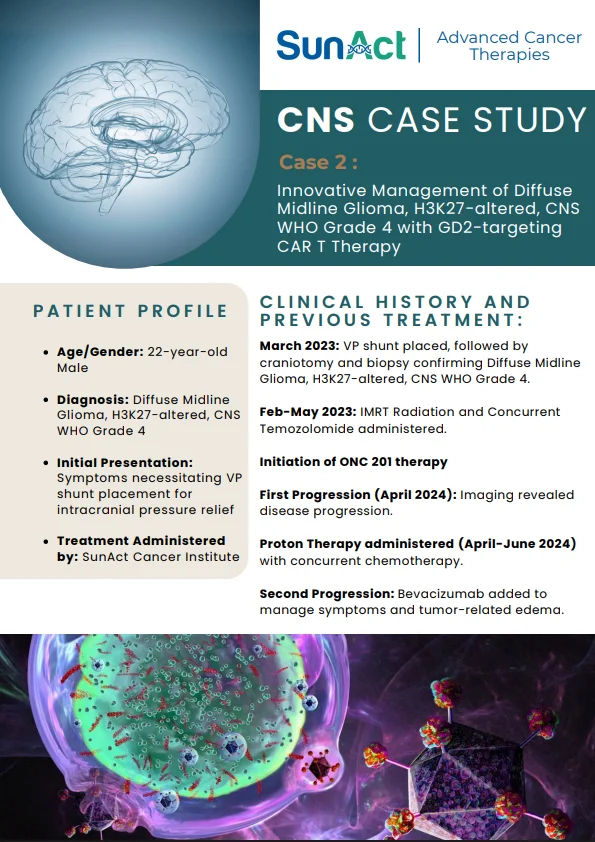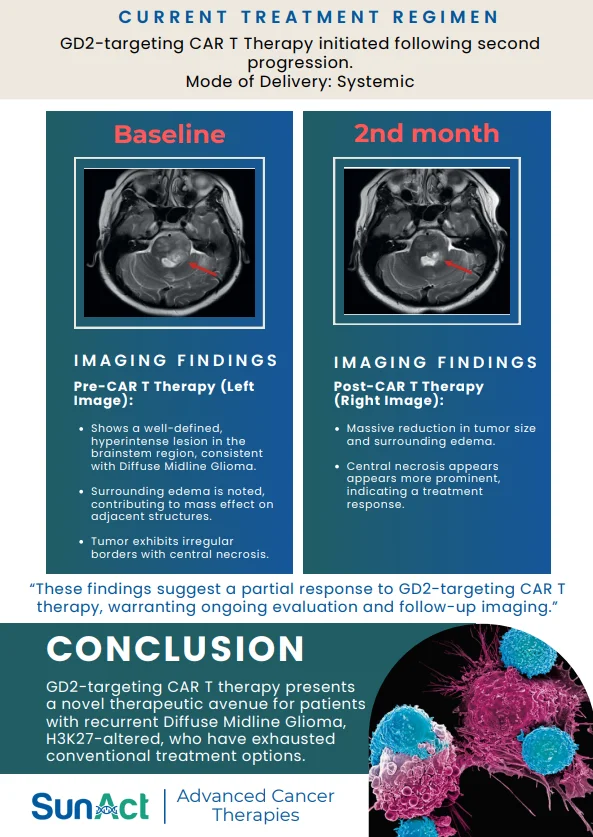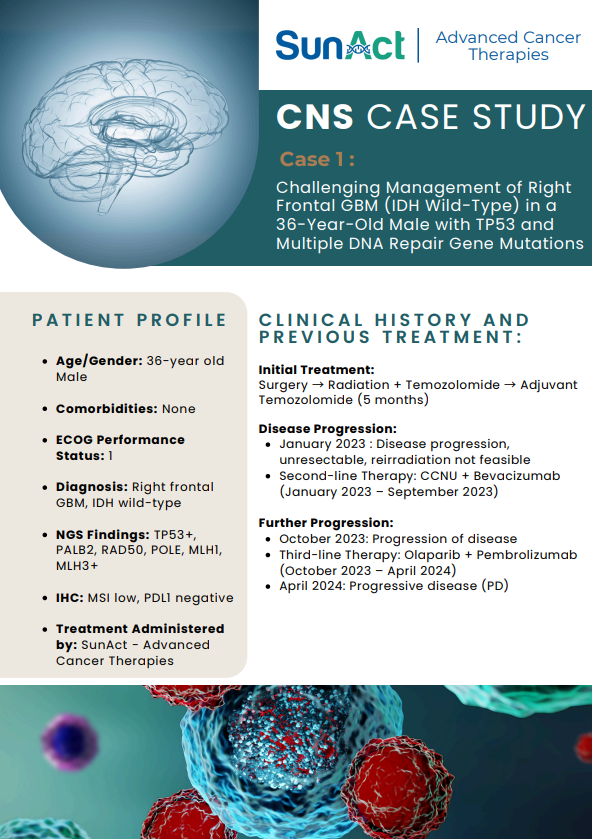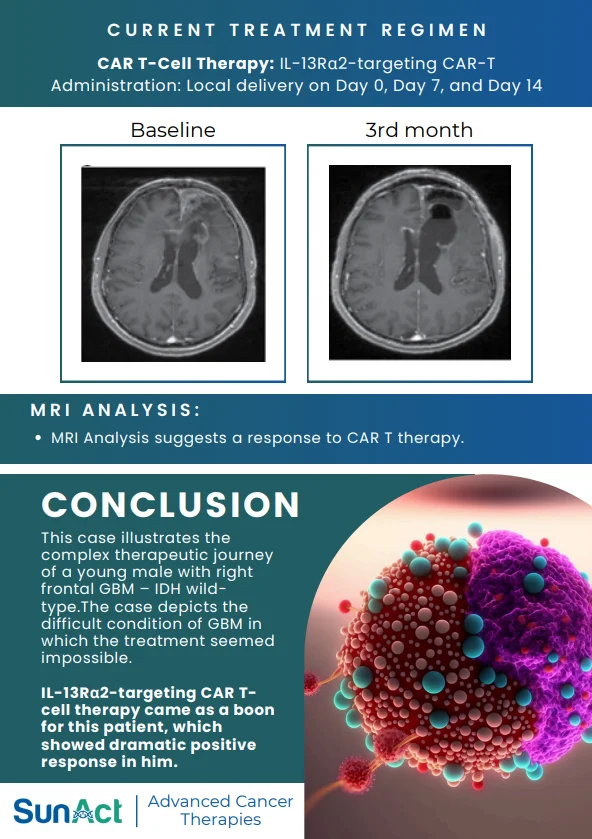17 August 2025
For decades, cancer treatment meant relying mostly on surgery, chemotherapy, and radiation. While these approaches have saved millions of lives, they often come with harsh side effects and don’t always stop cancer from coming back. “Then came a breakthrough that flipped cancer therapy on its head — CAR T-cell therapy.”
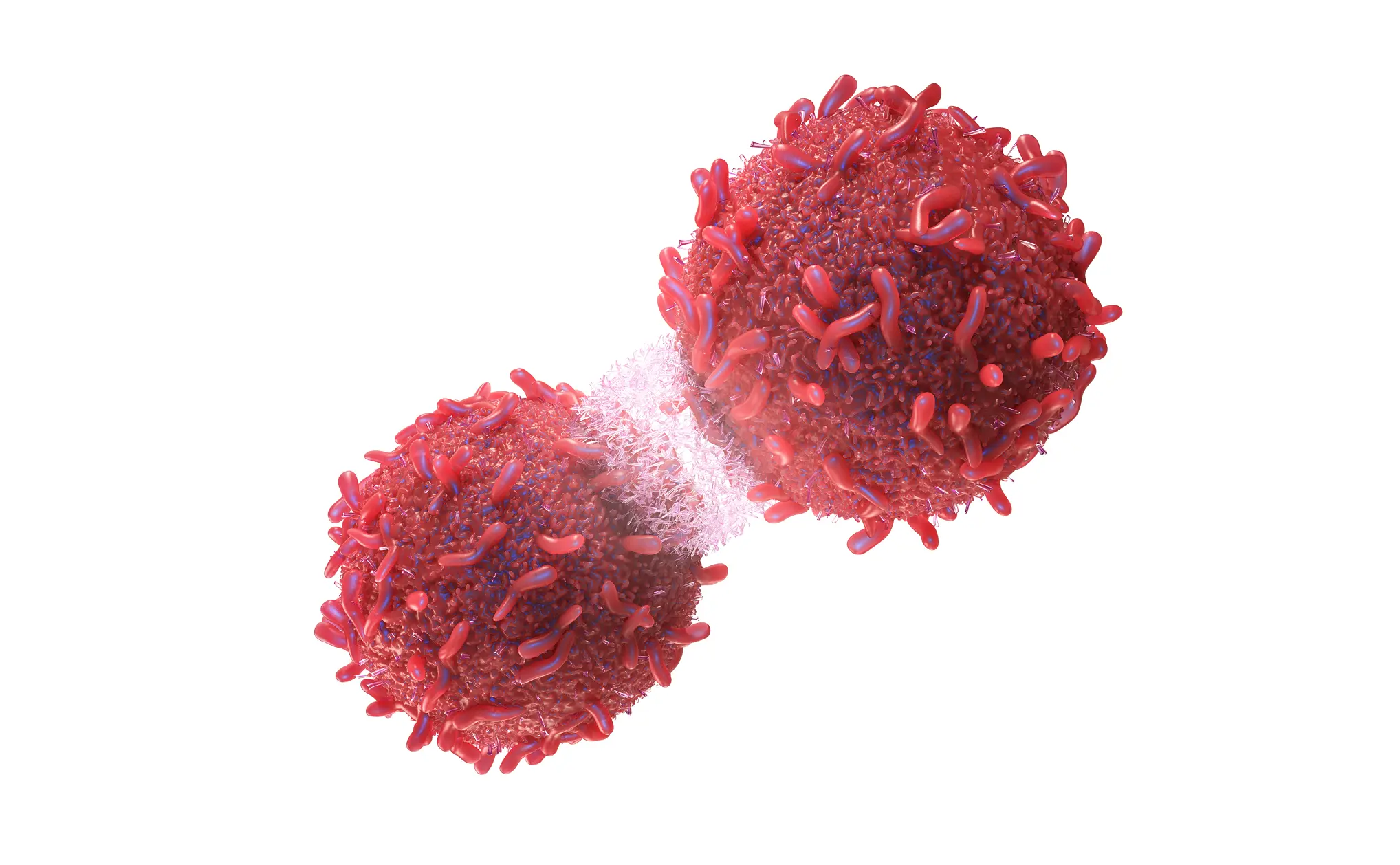
In CAR T-cell therapy, T cells are modified with a custom-made chimeric antigen receptor (CAR), enabling them to more effectively target and destroy cancer cells. Over time, multiple generations of CAR T-cells have been developed, differing in their structure, which in turn affects their efficacy and outcomes. A typical CAR T-cells has four main parts:
The Sensor (Antigen Recognition Domain), spots a unique flag (antigen) on cancer cells, telling the T cell, “That’s the enemy”
The Neck (Hinge Region), lets the sensor bend and reach cancer cells even if they’re hiding behind other cells.
The Strap (Transmembrane Domain), holds the CAR firmly on the T cell’s surface, just like a strap holds a helmet in place.
The Engine and Boosters (Signaling Domains), Inside the T cell, this part tells the cell to attack once the sensor spots a cancer cell. It Includes:
Engine (CD3ζ) – starts the killing process.
Booster (CD28 or 4-1BB) – makes the attack stronger and helps the cell last longer in the body.
A recent study revealed how CAR T-cell design influences their function. The researchers found that CAR T-cells containing a 4-1BB-based domain are more prone to enter an irreversible resting phase, in which they permanently stop functioning, often accompanied by inflammatory side effects. On the other hand, the cells which has CD28 domain cells were correlated with better outcomes.
Collectively, the findings confirm that, while CAR T therapy is revolutionary, it is not without limitations. Scientists are still learning how to make these cells stronger, longer-lasting, and effective against more types of cancer, including solid tumours. A key part of this puzzle is understanding why some CAR T cells lose effectiveness over time and identifying the best strategies to overcome these limitations.

